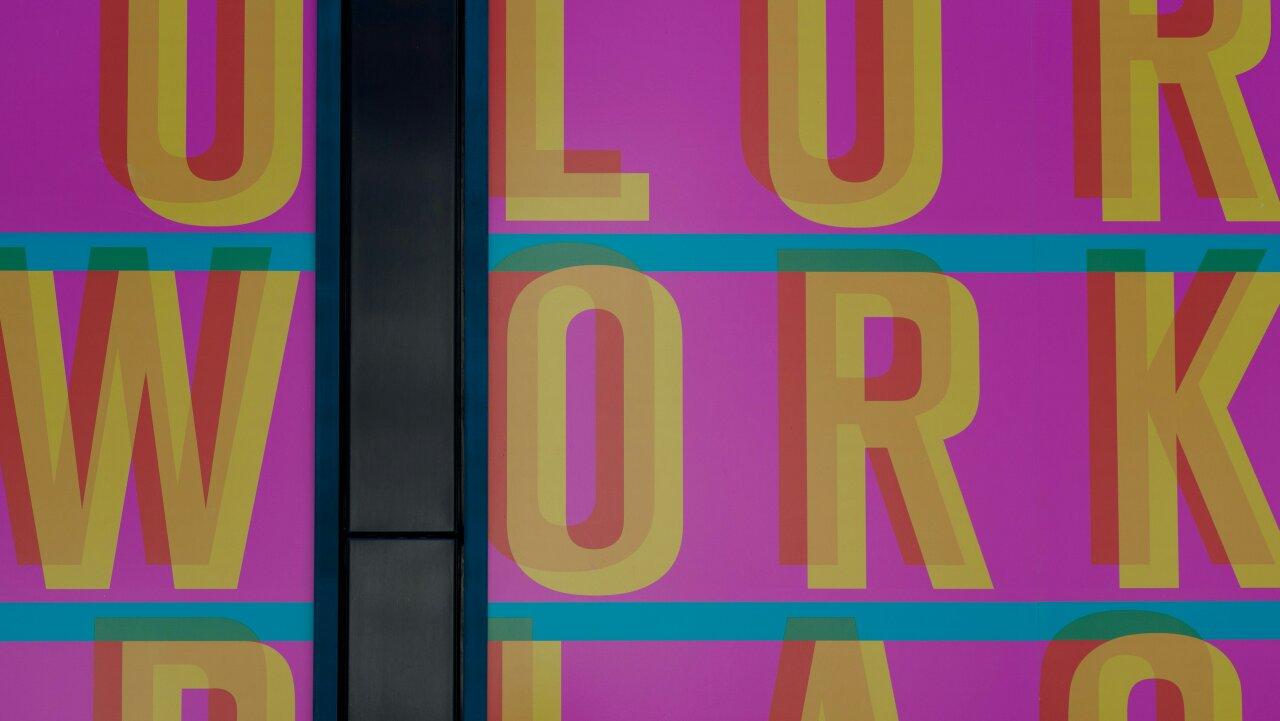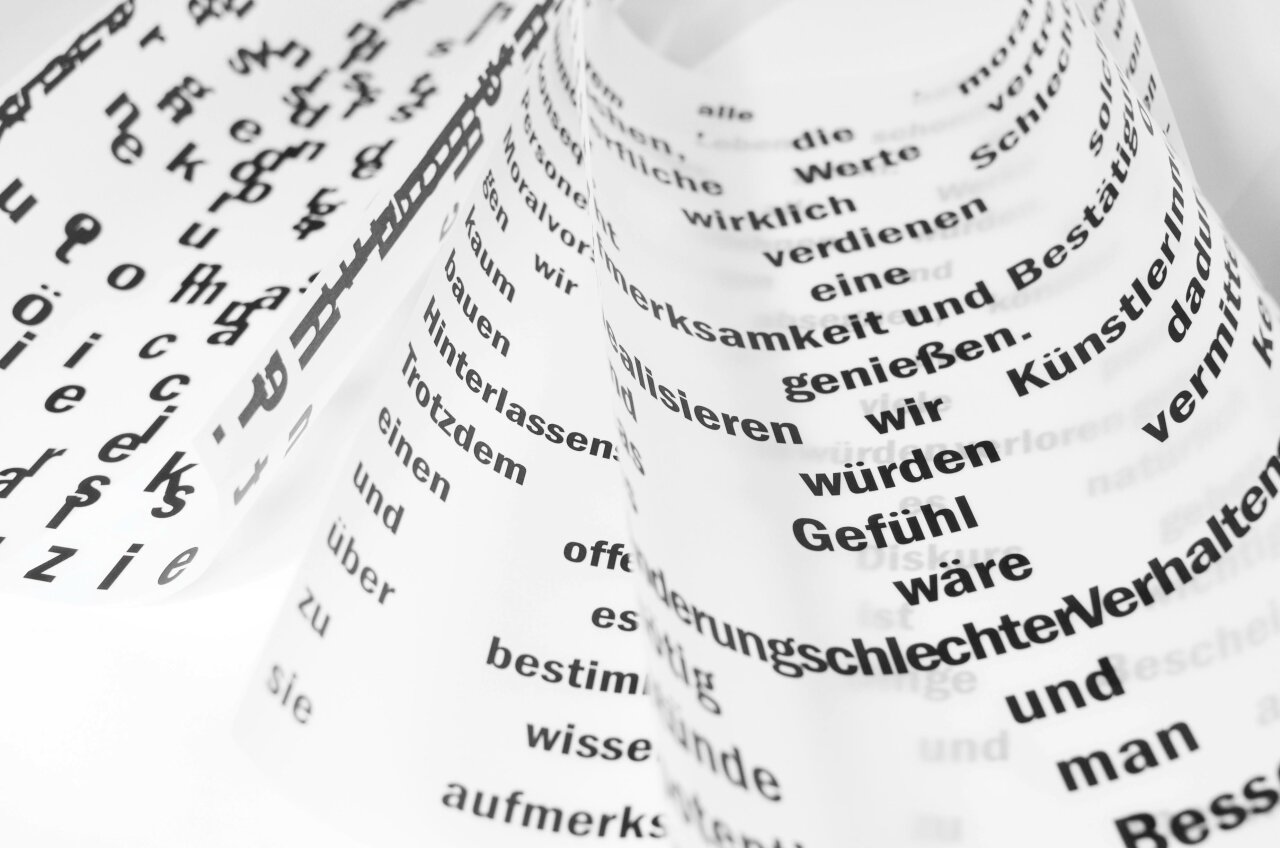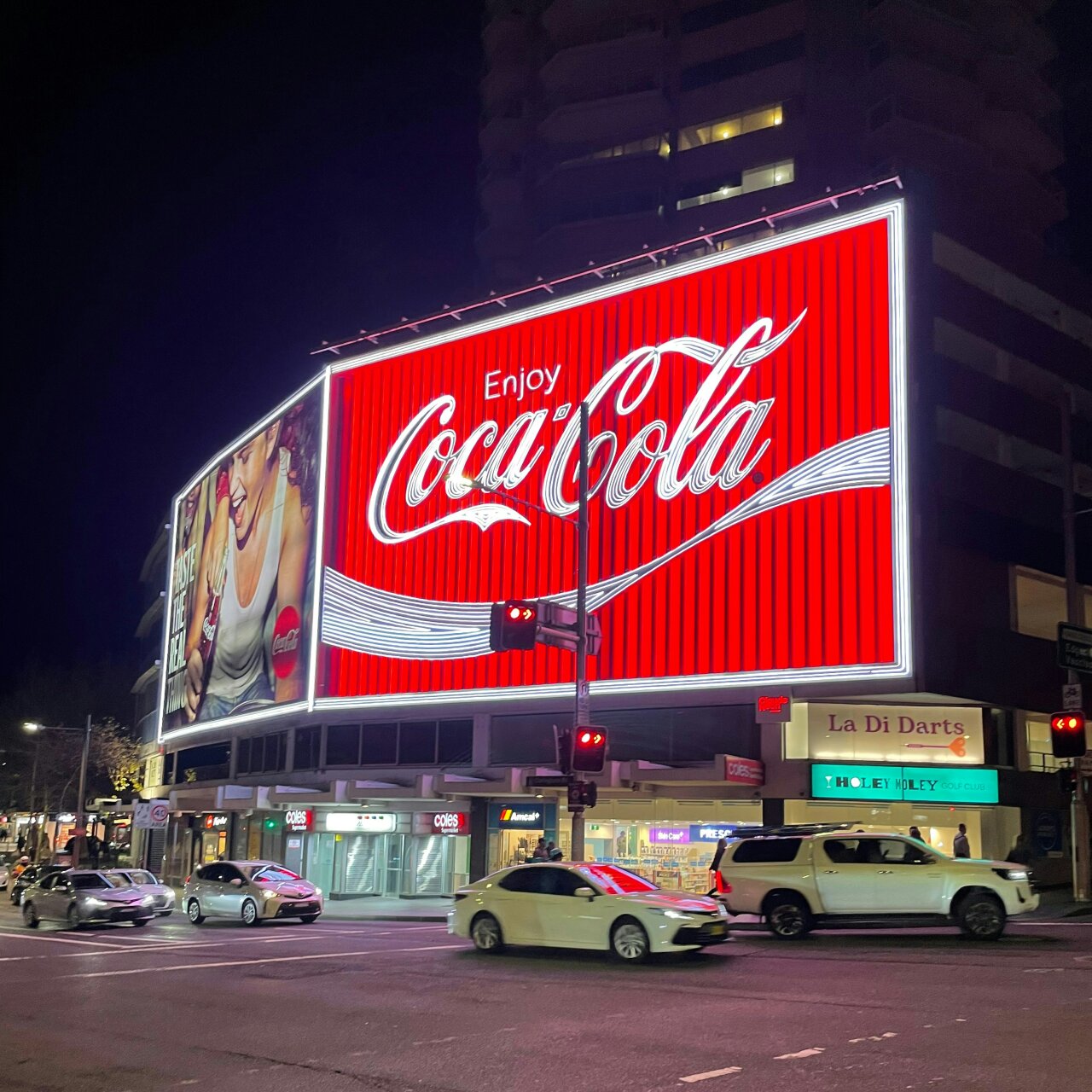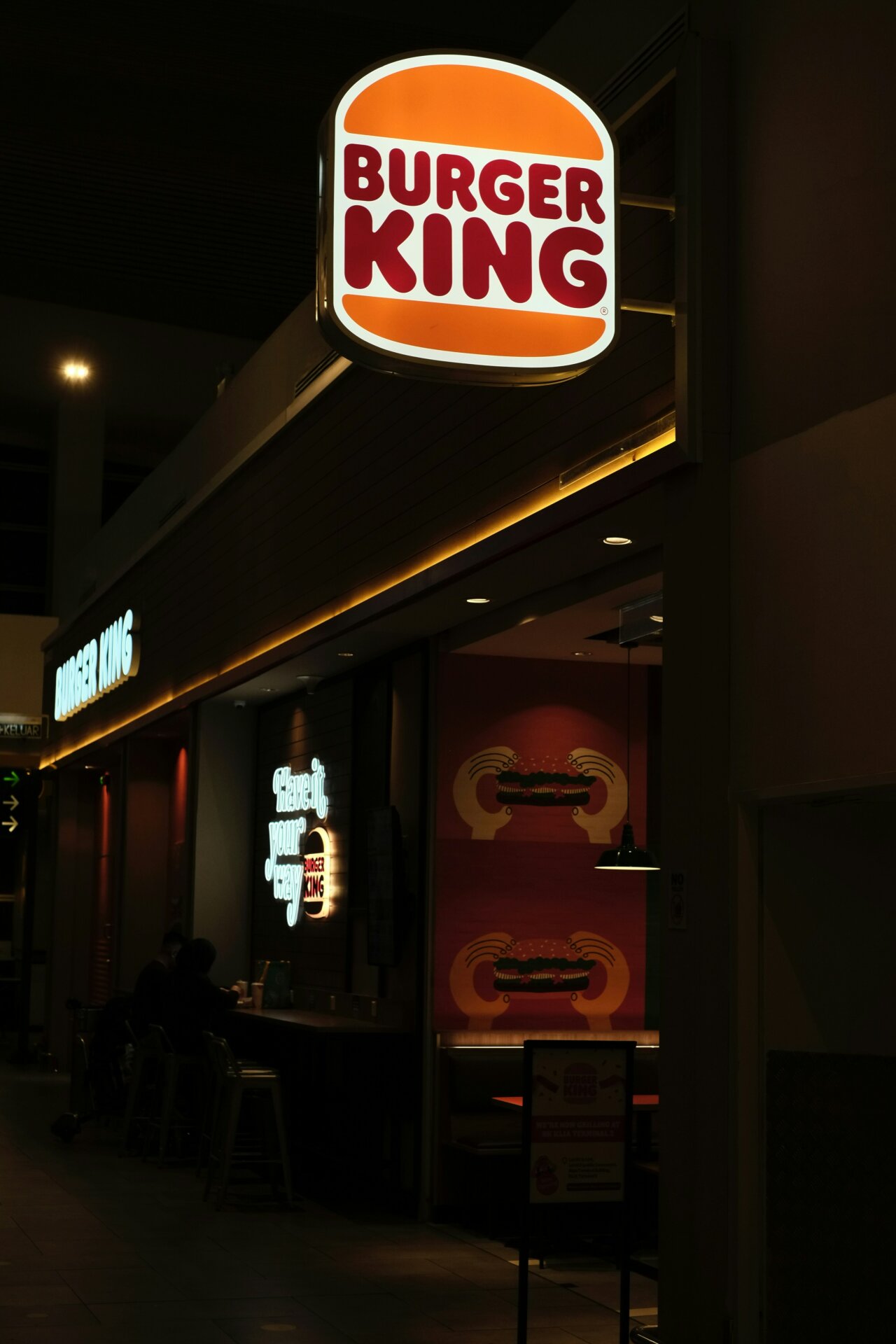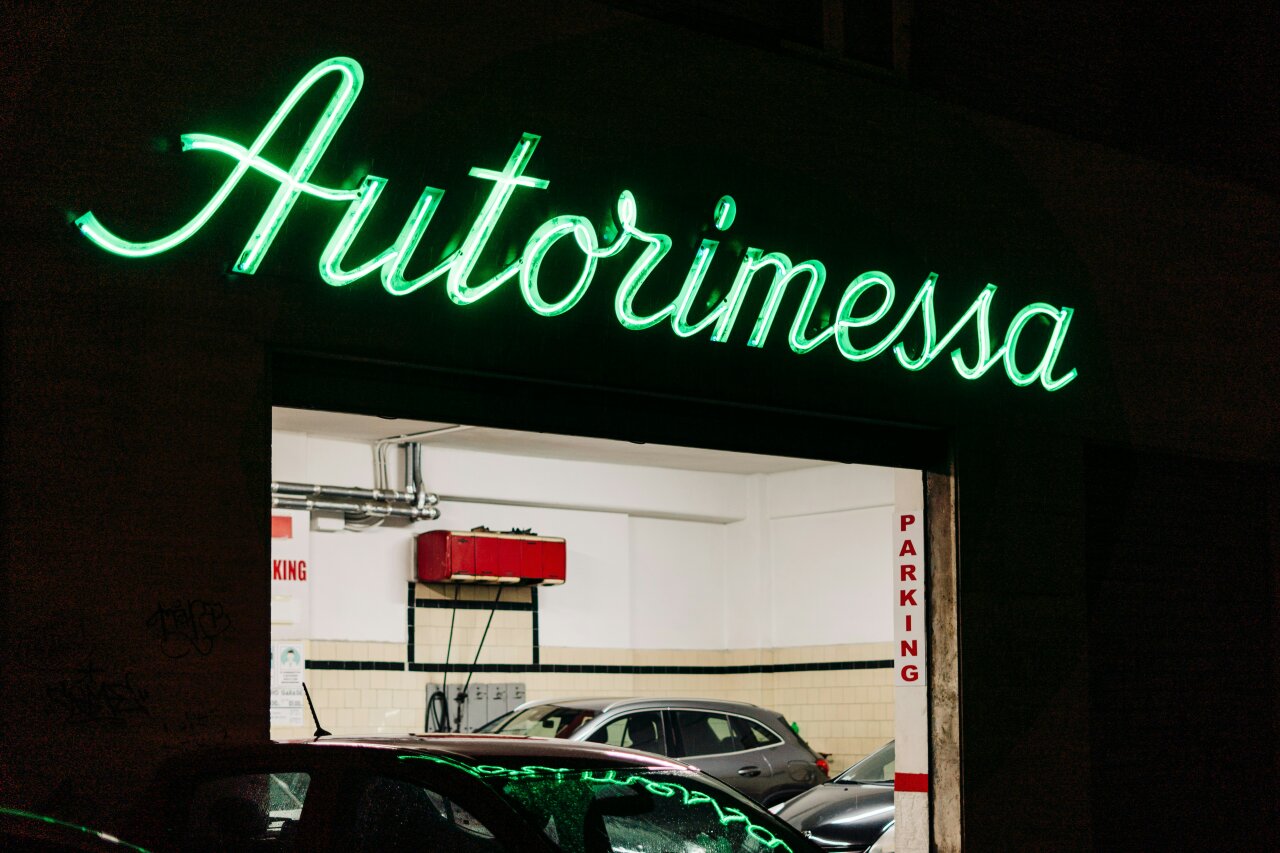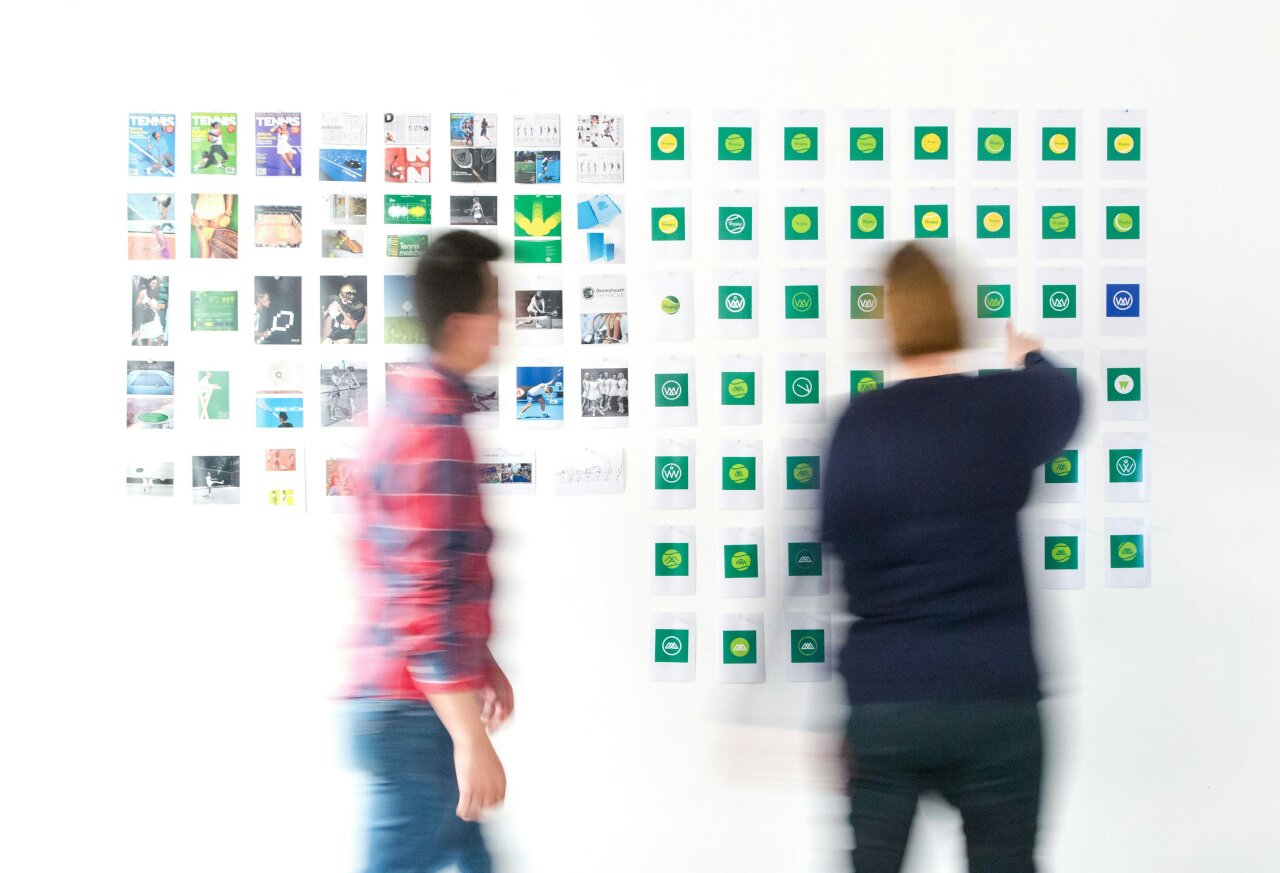A picture says more than a thousand words … but how do we interpret them correctly?
The word is omnipresent – even amid the overwhelming flood of images that pour over us daily through media channels. A clear context is always needed to properly anchor the information and emotions conveyed visually. Sometimes a single term is enough – one that names the company or the brand. In visual media, we have countless typefaces at our disposal to shape these messages. But how did these typefaces actually come into being? And what can we learn from their origins for how we use them today?
